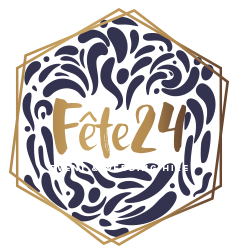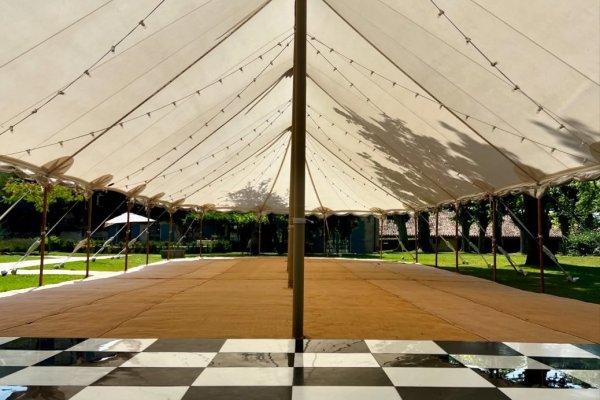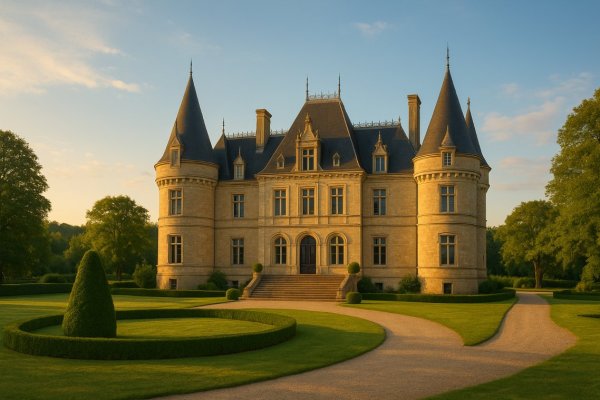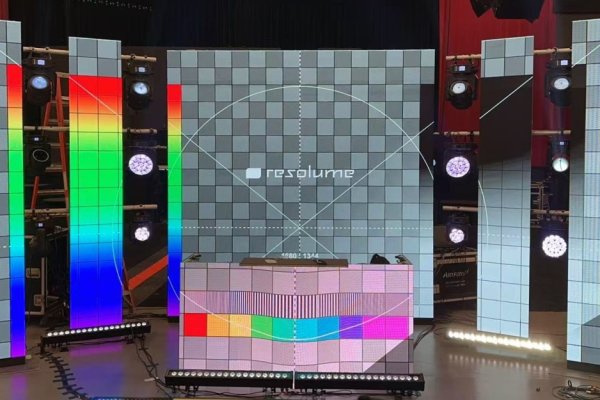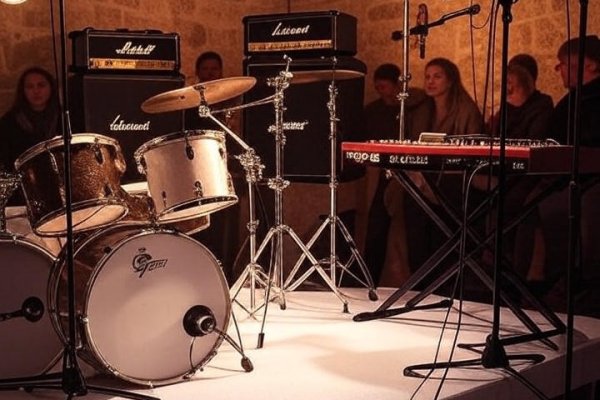Do French Weddings Have a Wedding Cake?
16/11/2023If you're planning a destination wedding in the land of love or you've recently been invited to celebrate a wedding "en France," then you might be wondering how French celebrations differ from those you're used to back home.
A key component of many weddings is the wedding cake, so what's the story with French wedding cakes? Do they have them or not?
Do You Have a Wedding Cake at a French Wedding Reception?
Unlike most Western wedding celebrations, French nuptials do not involve a wedding cake. Instead, the guests are served what is called the "pièce montée" or a "croquembouche" – a tower constructed of pastries (or close alternatives) and covered in caramelised sugar or chocolate sauce.
While the most popular element used for constructing a pastry tower are profiteroles (cream puffs), macaroons are also often used.
So why do the French do away with the cake and opt for this style of dessert in its place?
History of the Croquembouche "Wedding Cake"
The custom of the croquembouche stems from the middle-age tradition of guests bringing their own cakes, each of which was piled high to form a pyramid. The taller the structure, the more respect and admiration the bride's family would receive. It was also believed that the number of cakes served indicated the family's wealth.
As time progressed, the trend changed, and the croquembouche the French are familiar with today was invented by the French pastry chef Antoine Careme, in the late 18th Century, not long after the French Revolution.
His invention saw a tower of cream-filled, puff-pastry balls (called choux in French) piled into a high pyramid and encircled with caramelised sugar. This sugar gives the dessert its name since croquembouche loosely translates to “crunch in the mouth.”
Today, all kinds of decorations are added to the choux to bind them together, including chocolate sauce and icing. It's also not uncommon to have other decorative touches added with ingredients such as sugared almonds.
How is the Croquembouche Presented at French Weddings?
Another way French wedding celebrations differ from their Western and English-speaking counterparts is that the croquembouche receives its own grand entrance. Unlike English-speaking cultures, where the wedding cake is left on display for the entirety of the wedding reception for guests to admire, in France, the croquembouche is brought into the room at the end of the meal – often with much fanfare and ceremony.
The dessert is usually presented by the waitstaff, who carry it through the room while guests chant and clap. The guests and the tower cake itself also often have sparklers or small fireworks lighting the way.
After the grand entrance has been made and the oohs and aahs have subsided, the bride and groom then cut the first piece of the croquembouche together as a symbol of their union before feeding each other a bite. The croquembouche is subsequently whisked off before being plated up and served to the guests.
How Big Should a Croquembouche Wedding Cake Be?
While there are no hard and fast rules surrounding the size and scale of a croquembouche tower, most people base the size of the pyramid based on three or four choux per guest.
So, if you plan to have 100 guests at your French wedding celebration, you'll need a minimum of 300 choux balls – although more is often better. As you can imagine, this can quickly become a substantial dessert!
Do You Need to Serve Traditional French Wedding Cake at Your Wedding?
At the end of the day, it's your wedding, and you can serve whatever type of cake or dessert you like. While a traditional French wedding might forego a wedding cake in favour of the croquembouche, there's no reason you can't have both (or neither) if that's what you want.
However, if you're planning a destination wedding in France or are simply looking to add a bit of French flair to your big day, opting for a croquembouche in lieu of a more traditional wedding cake is a great way to do it.
